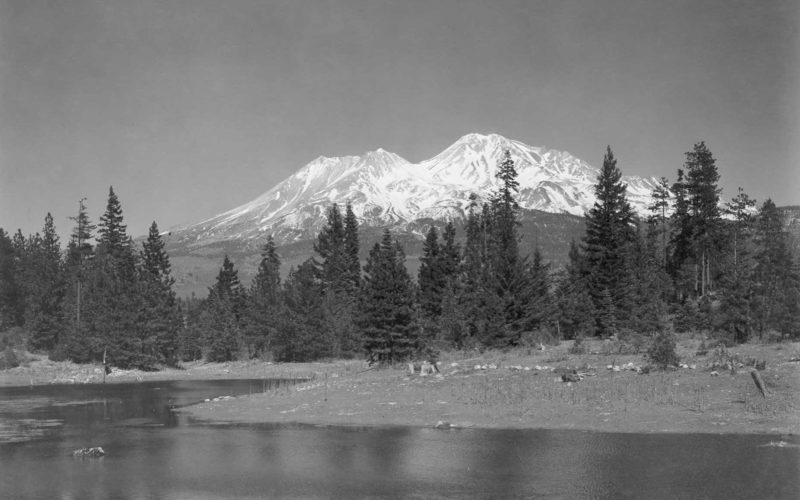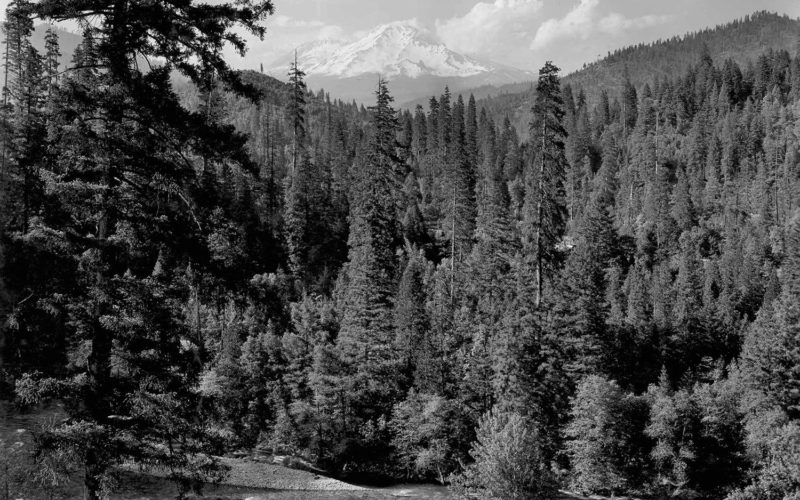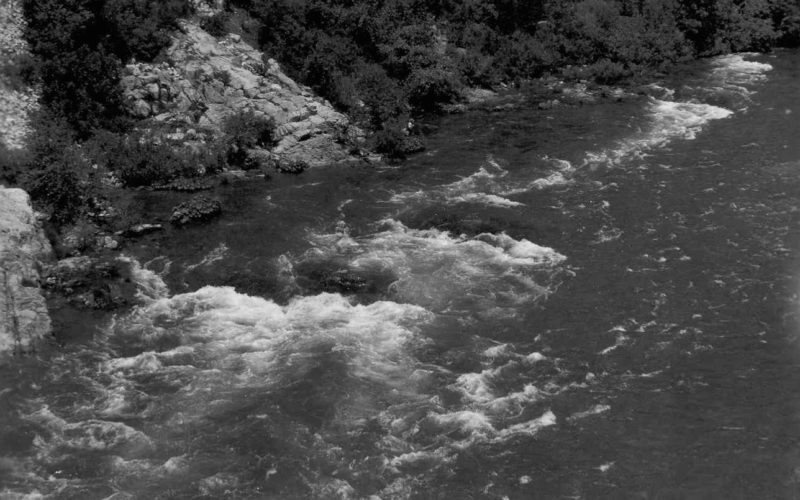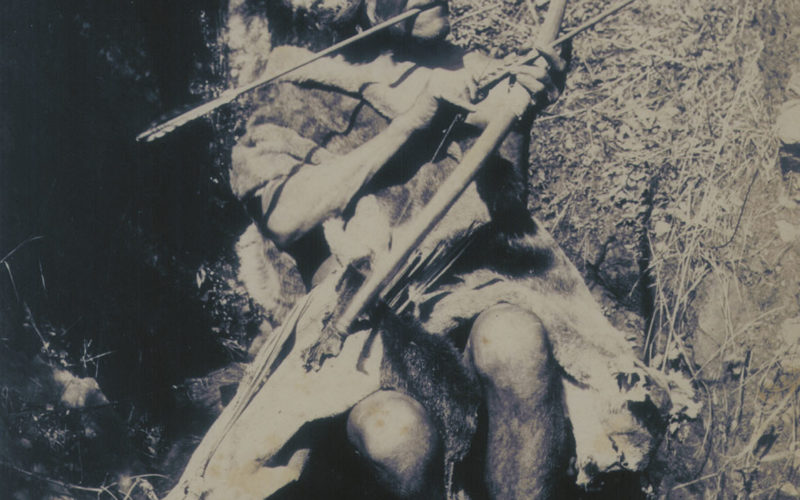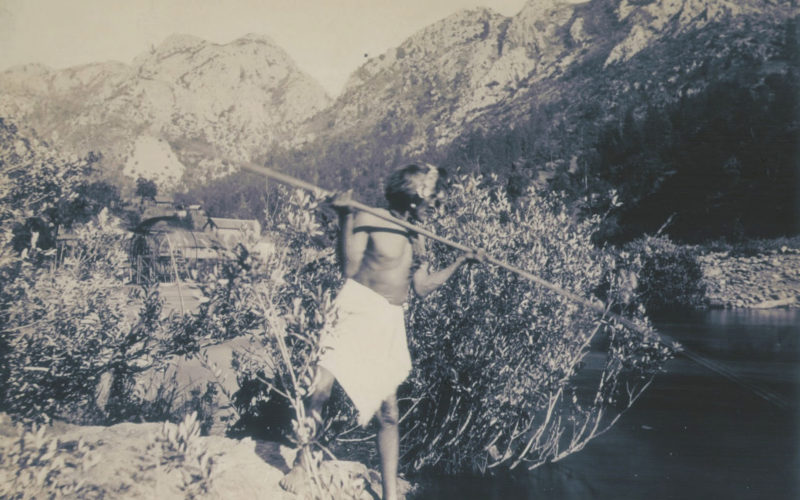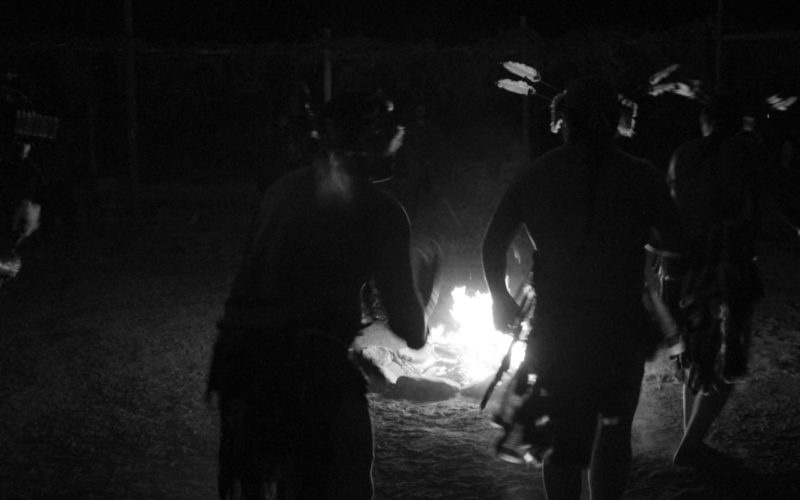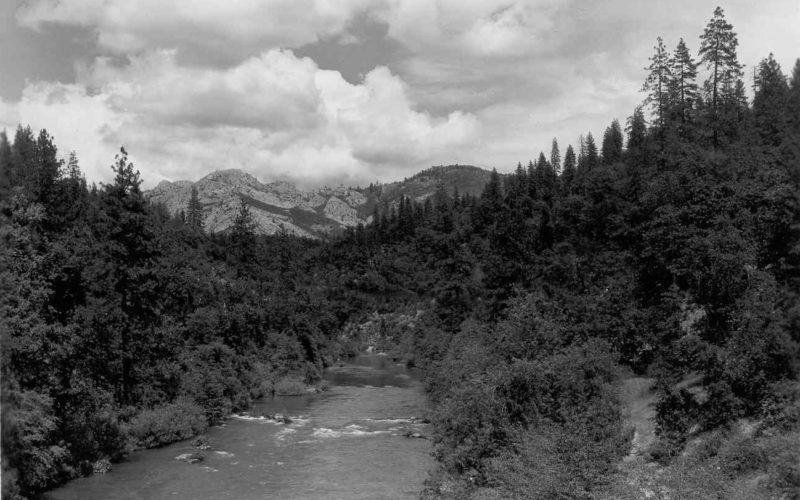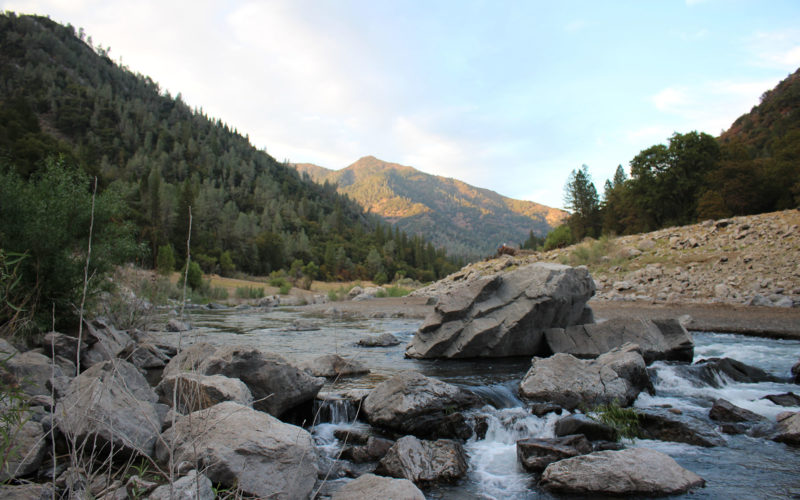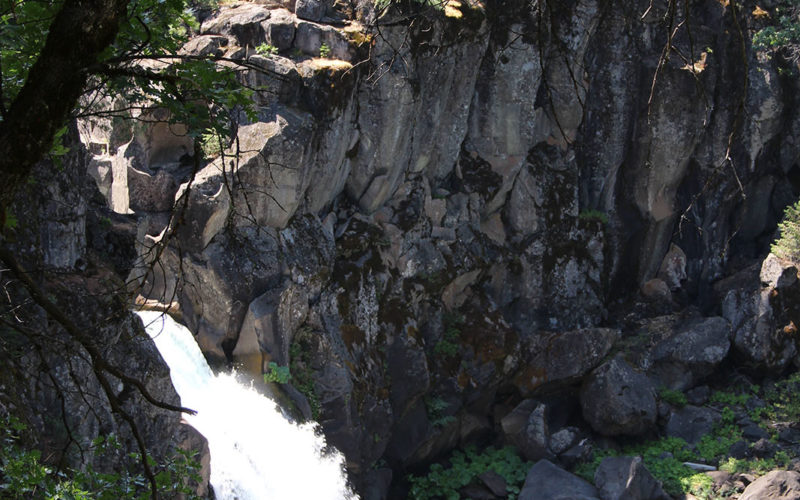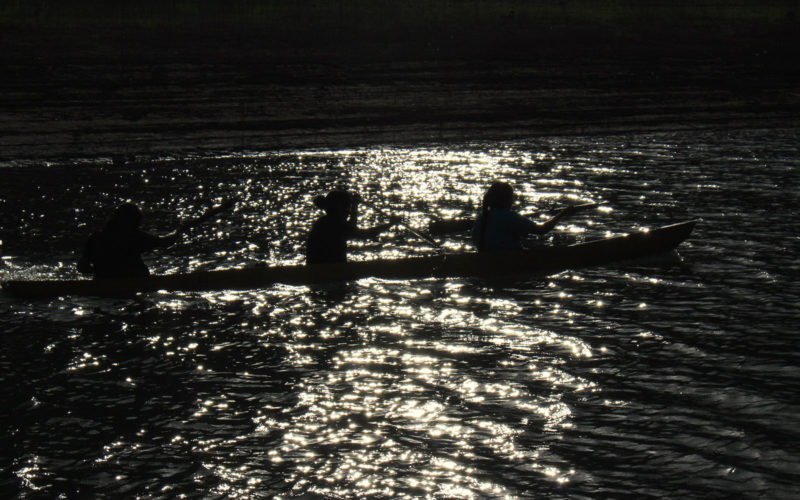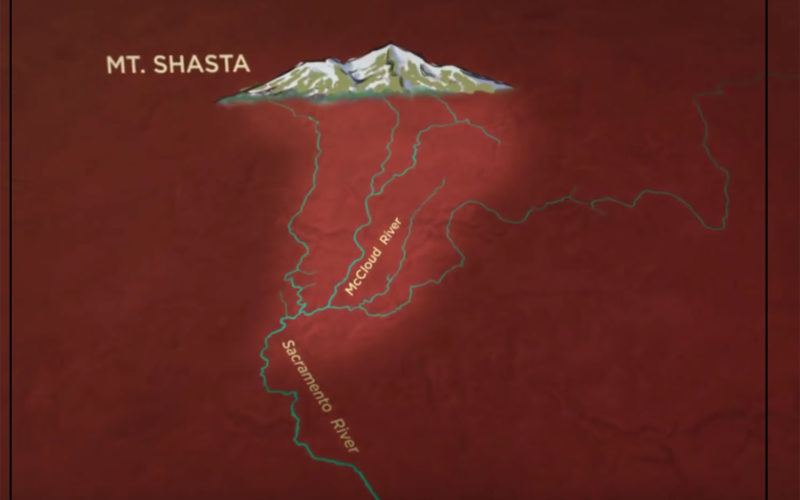MENU
Geography, History and Culture
Standards: NGSS 4-ESS2-2, CCSS SL 4.2 and 4.3, HSS 4.1 & 4.2

Objective
Students will learn about the Winnemem Wintu and the Run4Salmon event. They will gain an understanding of their concerns for Chinook salmon and water. Students will locate and map the traditional Winnemem territory, the affected California watershed, and the Run4Salmon route.
Materials
- Run4Salmon Slideshow Part 1 (below)
- Dancing Salmon Home video clip: Winnemem History (1:52)
- Sacramento River Watershed Map (for display)
- California Watershed Map (PDF copy for students)
- California Watershed Map key for teachers
- Winnemem Wintu Traditional Territory Map (PDF)
- Dancing Salmon Home video clip: Run4Salmon Background (2:02)
- Optional Extra: One Word: Sawalmem film (20:00)
Estimated Time
1-2 class sessions (if optional resources are used)
Run4Salmon Slideshow Part 1: Pre-contact
Click on the slide box below to view in full screen mode
Also available: PDF copy of the slideshow script for teachers to print and read.
Activities
Activity 1: A Sense of Place
Show the Run4Salmon Slideshow Part 1, reading aloud the presenter notes included in the slideshow. The last slide is a map that can be left up onscreen.
Activity 2: Read excerpt (below)

Who Are the Winnemem Wintu?
The Winnemem Wintu Tribe today are descendants of the first people of the region, who called themselves Winnemem (Middle Water People). For millennia, the Winnemem Wintu Tribe has inhabited territory south of Buliyum Puyuuk (Mt. Shasta), now known as the McCloud River watershed. In the late 1800s, American settlers, through violence and threats, forced many Winnemem off their traditional lands. Removals continued in the 1900s and by 1944 the construction of Shasta Dam flooded the last Winnemem-held lands on the McCloud River. Winnemem Wintu people today still regularly visit their traditional sites along the river for gatherings and ceremonies.

Activity 3: Winnemem History video clip
Show Dancing Salmon Home video clip Winnemem History (1:52) told by Chief Caleen Sisk of the Winnemem Wintu.
Activity 4: Mapping
Using the Sacramento Watershed online physical map and Winnemem Wintu Territory map, have students sketch on their California Watershed maps:
- Map the location of the San Francisco Bay
- Map the locations of the Sacramento, McCloud, and Pit Rivers
- Map the location of Buliyum Puyuuk (Mt. Shasta)
- Using a light color, shade in the territory of the Winnemem Wintu
Activity 5: What is the Run4Salmon?
Read to students the following excerpt, followed by Dancing Salmon Home video clip Run4Salmon Background (2:02)
In the first four years of the Run4Salmon (from 2016 to 2019), the Winnemem Wintu and participants followed the traditional upstream migration course of native Sacramento River winter-run Chinook salmon. From the shores of San Francisco Bay up the Sacramento River valley to the waters of the McCloud River, participants walked, bicycled, ran, paddled, and rode horses along hundreds of miles of waterways where Chinook salmon historically have returned to spawn after years at sea. The purpose of the Run4Salmon is to advocate for and raise public awareness about endangered salmon and proposed measures to restore their habitat and population.
September 2019 was the fourth annual run, completing the first cycle. Winnemem Wintu Chief Caleen Sisk has decided that the prayer journey will continue “in reverse” for another four years, following the course of the salmon fry from the mountain down the Sacramento River to San Francisco Bay and out into the Pacific Ocean.
Activity 6: Compare Maps
Go to the Run4Salmon website; scroll down the home page to A Prayerful Journey Map – examine and compare student map with the route of the event.
Activity 7 (optional): watch- One Word: Sawalmem
Special opportunity to watch full length film One Word: Sawalmem by Michael Preston and Natasha Deganello Giraudie – an uplifting, internationally-acclaimed, Native-directed short film that’s good for the whole family to watch.
The 20-min film is based on one single question: What’s one word from your sacred language that changed your life and that you can offer to the next generation as medicine to heal our relationship with the Earth?
For Michael Preston of the Winnemem Wintu, son of spiritual leader Chief Caleen Sisk, his one word is Sawalmem. Sawalmem is sacred water.Through this word, he takes us into a rare, intimate, current-day personal portrait of what life is like when you consider water as sacred.
Further Connections and Activities
- FOSS “Contour Mapping” activity — builds a foam model of Mt. Shasta (Buliyum Puyuuk), then uses it to create a topographic map of the mountain.
- Understanding California Watersheds PowerPoint presentation: California Watersheds: Our Vital Link
- Project Wet’s “Seeing Watersheds” lesson, specifically the “Water on the Move” section (demonstrates how a watershed works)
